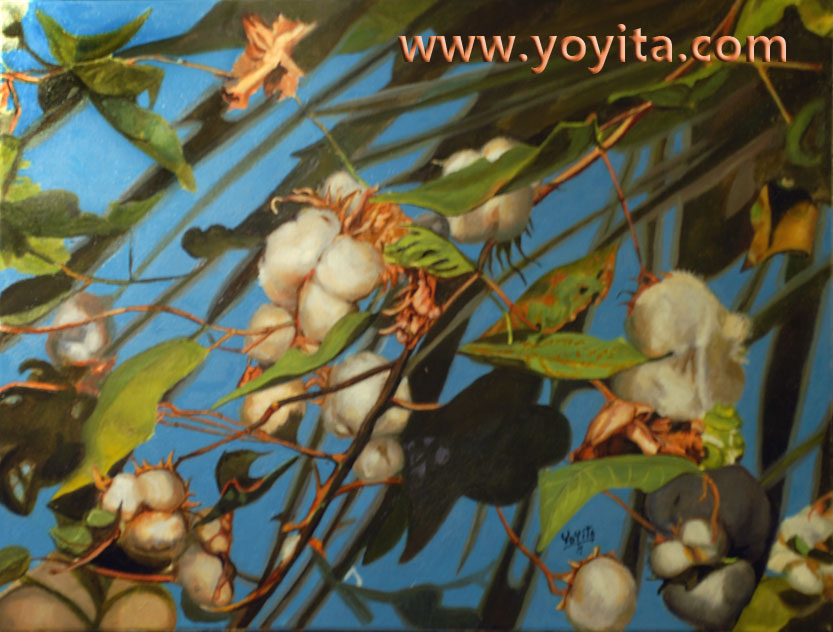

Landscape Art, Category:Landscape art, Landscape, Category:Painting, Category:Art genres, Paisatge (gènere pictòric), Krajinomalba, Landskabsmaleri, Landschaftsmalerei, Maastikumaal, Pintura del paisaje, Pejzaĝismo, Paysage dans l'art, Peyzaj, 풍경화, Բնանկար, Pejzaž (likovni), Pittura paesaggistica, Пейзаж, Ainava (žanrs), Peizažas, Tájkép, Пејзажно сликарство, Landschapschilderkunst, 風景画, Landskapsmaleri, Pejzaż, Pintura de paisagem, Пейзаж, Krajinsko slikarstvo, Пејзаж у сликарству, Maisemamaalaus, Landskapsmåleri, จิตรกรรมภูมิทัศน์, Peyzaj, Пейзаж, Category:Nicaraguan artists, Category:People from Masaya Department, Category:Classic realism artists, Category:Figurative artists, Category:American painters, Category:American artists, Category:American contemporary artists, Category:Artists from Mississippi, Category:American people of Nicaraguan descent, Category:Nicaraguan artists, Category:Classical artists |
Send this page of the painting cotton bolls to a friend
 |
|||||
 |
|||||
Cotton bolls, Algodón |
Cotton bolls, Algodón |
||||||||
 |
||||||||
Cotton bolls, King |
||||||||
Huile sur toile 18 "par 24" pouces |
Óleo sobre tela 18 ", 24" polegadas |
Olio su tela 18 "da 24" pollici |
Öl auf Leinwand 18 "bis 24" Zoll |
Холст, масло 18 "на 24" дюймов |
||||
More than 1,300 years ago, it is recorded as a singular fact that an emperor, who rejoiced in the name of Ou-ti, wore, upon the occasion of his accession to the throne of China, a cotton robe! And after old Ou-ti and his rare and royal robe had moldered in the dust for many years, the cotton-plant still bloomed along the straight paths of quaint old Chinese gardens, and long-eyed lovers, in their amorous lays, linked with their praises of their mistresses fond celebrations of the cotton-flower. In India, even now, about the temple walls are seen luxuriant dark-green leaves, sheltering purple blossoms, which no unconsecrated hand may gather; for when the sacred pods are ripe, the Brahmans spin their contents into that tripartite thread which is their Trinity. Cotton is a soft, staple fiber that grows around the seeds of the cotton plant (Gossypium sp.), a shrub native to tropical and subtropical regions around the world, including the Americas, India, and Africa. However, virtually all of the commercial cotton grown today worldwide is grown from varieties of the native American species Gossypium hirsutum and Gossypium barbadense. The fiber is most often spun into yarn or thread and used to make a soft, breathable textile, which is the most widely used natural-fiber cloth in clothing today. The English name derives from the Arabic (al) qutn قُطْن, meaning cotton. The term used in the 1800's and 1900's for cotton was "King". Cotton fiber, once it has been processed to remove seeds (ginning) and traces of honeydew (a secretion from aphids), protein, vegetable matter, and other impurities, consists of nearly pure cellulose, a natural polymer. Cotton production is very efficient, in the sense that ten percent or less of the weight is lost in subsequent processing to convert the raw cotton bolls (seed cases) into pure fiber. The cellulose is arranged in a way that gives cotton fibers a high degree of strength, durability, and absorbency. Each fiber is made up of twenty to thirty layers of cellulose coiled in a neat series of natural springs. When the cotton boll is opened, the fibers dry into flat, twisted, ribbon-like shapes and become kinked together and interlocked. This interlocked form is ideal for spinning into a fine yarn. Leading cotton-producing countriesAs of 2007, the ten largest producers of cotton in the world are (1) China, (2) India, (3) the United States, (4) Pakistan, (5) Brazil, (6) Uzbekistan, (7) Turkey, (8) Greece, (9) Turkmenistan and (10) Syria[1]. The five leading exporters are (1) the United States, (2) Uzbekistan, (3) India, (4) Brazil, and (5) Burkina Faso. The biggest non-producing importers are Bangladesh, Indonesia, Thailand, Russia and Taiwan. In the United States, the state of Texas leads in total production while the state of California has the highest yield per acre in the world. |
||||||||
|
||||||||
|
||||||||
Landscape Art, Category:Landscape art, Landscape, Category:Painting, Category:Art genres, Paisatge (gènere pictòric), Krajinomalba, Landskabsmaleri, Landschaftsmalerei, Maastikumaal, Pintura del paisaje, Pejzaĝismo, Paysage dans l'art, Peyzaj, 풍경화, Բնանկար, Pejzaž (likovni), Pittura paesaggistica, Пейзаж, Ainava (žanrs), Peizažas, Tájkép, Пејзажно сликарство, Landschapschilderkunst, 風景画, Landskapsmaleri, Pejzaż, Pintura de paisagem, Пейзаж, Krajinsko slikarstvo, Пејзаж у сликарству, Maisemamaalaus, Landskapsmåleri, จิตรกรรมภูมิทัศน์, Peyzaj, Пейзаж, Category:Nicaraguan artists, Category:People from Masaya Department, Category:Classic realism artists, Category:Figurative artists, Category:American painters, Category:American artists, Category:American contemporary artists, Category:Artists from Mississippi, Category:American people of Nicaraguan descent, Category:Nicaraguan artists, Category:Classical artists |